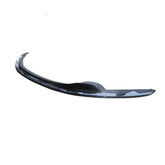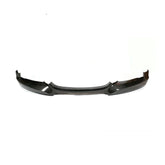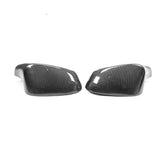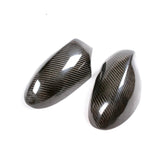Mastering the Circuit: Advanced Suspension Tuning for Track Day Triumph
Track days are the ultimate test of precision, skill, and machine. To dominate the circuit, every component of your vehicle must be optimized for performance—none more critical than the suspension system. Advanced suspension tuning can be the difference between a good lap time and a great one. This guide unveils the secrets of suspension tuning that can propel you to track day success.
1. Understanding the Fundamentals
Before diving into adjustments, it’s crucial to grasp the basics of your suspension system. Key components include springs, dampers (shock absorbers), anti-roll bars, and adjustable components like camber plates and coilovers. Each plays a role in how your car handles on the track.
2. Achieving the Optimal Balance
Suspension tuning is about finding the perfect balance between grip, stability, and responsiveness. Your goal is to maximize tire contact with the track surface under various conditions, such as braking, acceleration, and cornering.
3. Dialing in Your Damping
Adjustable dampers are invaluable for fine-tuning your car's response to track conditions. Compression damping controls how your suspension compresses under load, while rebound damping affects how it returns. A stiffer setting can reduce body roll and improve responsiveness, but too stiff can lead to loss of traction. Start with manufacturer settings and adjust incrementally based on feedback from the track.
4. Spring Rates and Ride Height
Springs determine your car’s ride height and contribute to its handling characteristics. A lower ride height lowers the center of gravity, enhancing stability and cornering speed. However, it must be balanced with ground clearance needs and suspension travel. Spring rates should complement your damping settings to avoid over or under-springing, which can lead to poor handling.
5. The Role of Anti-Roll Bars
Anti-roll bars (sway bars) reduce body roll during cornering, contributing to a flat, stable ride. Adjustable bars allow you to fine-tune the balance between the front and rear of your car, affecting understeer and oversteer tendencies. Stiffer settings increase grip on the opposite end of the car, so adjusting your bars can help dial in the handling balance you desire.
6. Precision Alignment
Proper alignment is paramount for track performance. Camber, toe, and caster adjustments must be tailored to your driving style and track conditions. Negative camber improves cornering grip, while toe settings affect stability and turn-in responsiveness. Caster adjustments can improve steering feel and directional stability. Use alignment to complement your other suspension adjustments.
7. Tire Considerations
Tires are where your car meets the track, so their interaction with the suspension is crucial. Ensure your tire pressures are optimized for the track conditions, as they affect grip, wear, and handling. Monitor tire wear post-track day to identify potential suspension adjustments.
8. Data-Driven Decisions
Use data logging and telemetry to make informed adjustments. Analyzing data on tire temperatures, lap times, and cornering G-forces can help pinpoint where suspension tweaks can yield performance gains.

9. Continuous Testing and Adjustment
Suspension tuning is an iterative process. What works on one track may not work on another. Be prepared to make adjustments throughout the day based on track conditions, tire wear, and performance feedback.
A Path to Victory
Advanced suspension tuning for track days is both an art and a science. By understanding the fundamentals, making informed adjustments, and continuously refining your setup, you can unlock the full potential of your vehicle. Remember, the best suspension setup is one that complements your driving style and the unique challenges of each track. Embrace the process, and let your lap times be the judge of your success.










